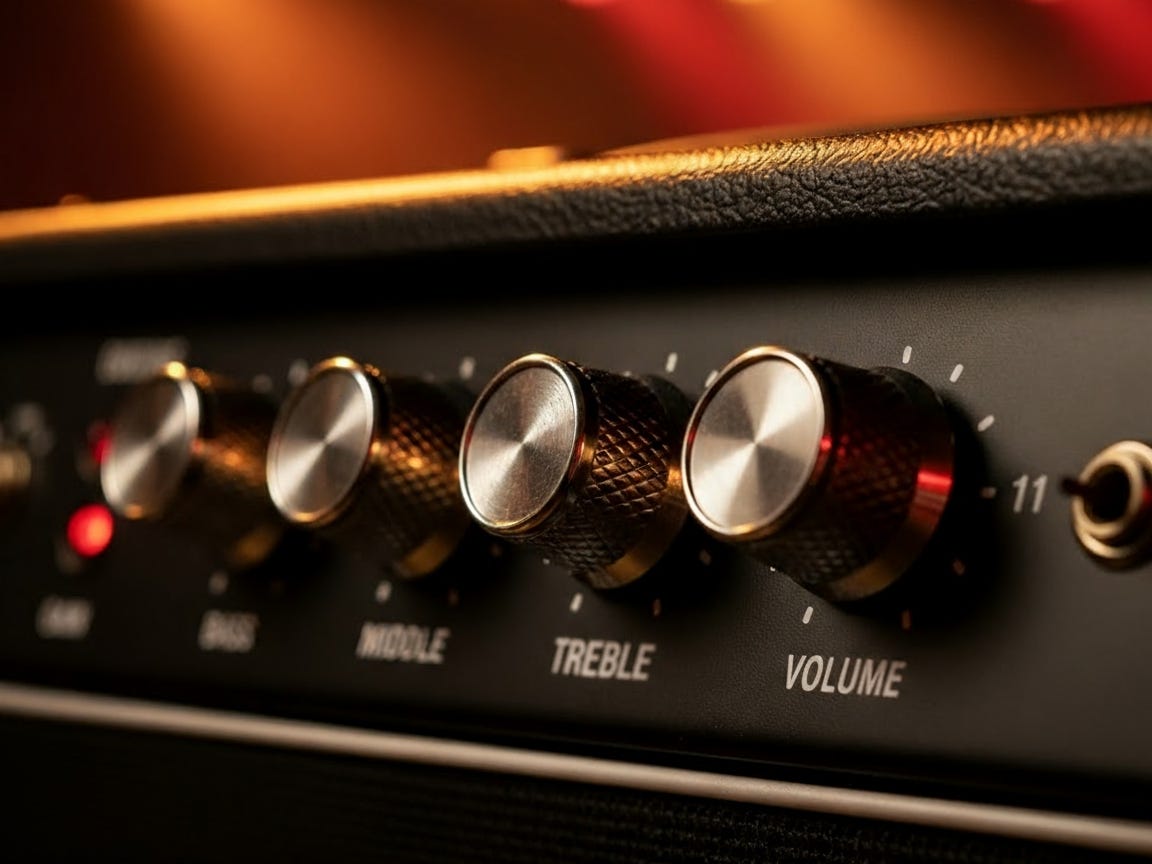Crank it to 11
What does a Spinal Tap amplifier have to do with the compounding rate on stocks?
In the 1984 mockumentary This Is Spinal Tap, the lead guitarist for the fictional band, Nigel Tufnel, tries to explain to documentary filmmaker Marty Di Bergi why the knobs on their amplifiers “go to 11.”
Nigel: What we do is if we need that extra push over the cliff, know what we do?
Marty: Put it up to 11.
Nigel: Exactly. One louder.
Marty: Why don’t you just make 10 louder and make 10 be the top number and make that a little louder?
Nigel: These go to 11.
So, what does this have to do with the stock market?
If you’ve read our previous posts, you’ll recall that we’ve said the long-term compounding rate on Stocks is about 10%.
That’s certainly true if we measure returns beginning in 1926 (as far back as we have reliable data on the S&P 500).
Of course, this includes returns from the 1930s—the Great Depression.
You can make an argument that that’s exactly what we should do—the more data, the better.
You could just as easily argue that we should ignore the 1930s.
Why? Because the stock market in the 1930s was nothing at all like the stock market today. It was the Wild, Wild West for stock investors, and the lack of any type of oversight was partly responsible for the wild swings in the market.
The volatility in the stock market in the 1930s was twice that of any other decade since.
The Securities and Exchange Commission, or SEC for short, was not created until 1934, in the aftermath of the Wall Street crash of 1929. This, along with a number of other securities acts, has put in place some guardrails for the markets that have limited the insane volatility we saw in the 30s.
If we make the case that we’re not likely to experience the 1930s again and calculate stock market returns beginning in 1940 instead of 1926, the long-term annualized return on stocks (the S&P 500) is a bit over 11%.
What do we get if we crank the stock market return from 10% to 11%?
It seems like a small difference but, due to the power of Compounding, it adds up to a lot of money.
If you made a one-time investment of $10,000 in the stock market and earned 10% over 40 years, your investment would grow to $453,000.
Crank it to 11%, however, and the amount would be $650,000.
Keep in mind that when we refer to the long-term compounding rate on Stocks to be 10%, we are doing so, in part, to be a bit conservative.
There’s reason to believe that your real-life experience might be a bit better.
Oh, and by the way, we caught an early showing of Spinal Tap II, and it was fantastic.
Best regards,
Stuart & Sharon


